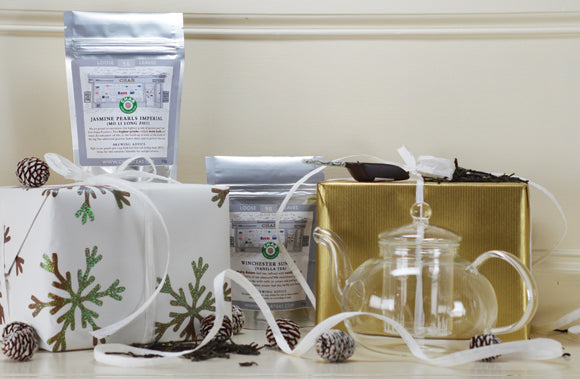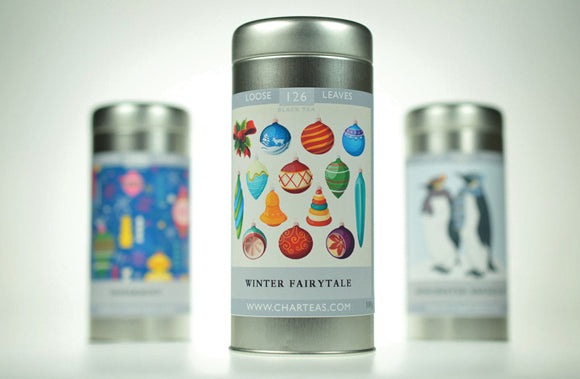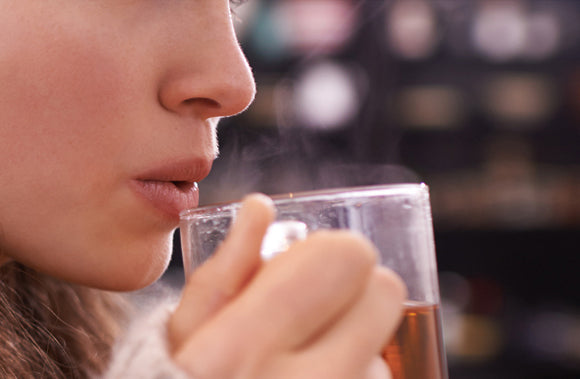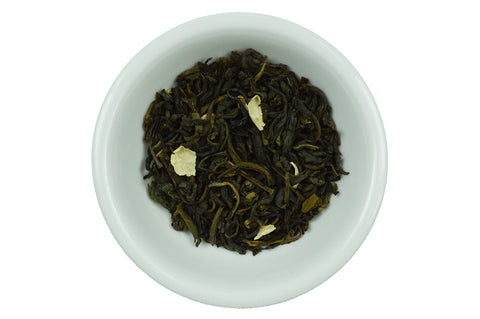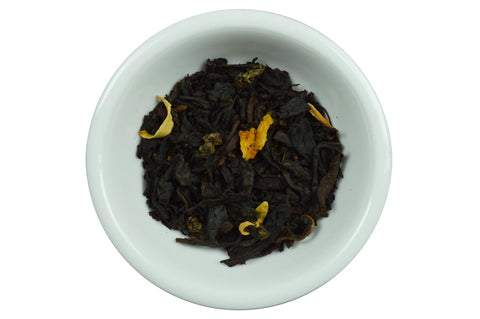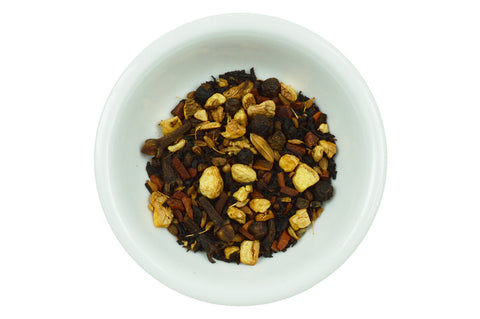
What is Tea Perfuming?
Whether it is a refreshingly delicate Fine China Jasmine in a summer evening, an exciting Milk Oolong shared with friends, or that first Earl Grey Supreme that makes an early morning feel worth it, flavoured or "perfumed" teas are a modern staple. But where did this notion of adding flavours originate, and how is it done today?
The First Flavours
As with many tea-related things, tea perfuming started in China. During the Song Dynasty (960-1279AD), teas were stored with flowers to allow the tea to absorb their fragrance. This required several refreshings of fresh flowers laid atop tea leaves, and this method is still used to this day, as in our Fine China Jasmine.
These pioneering teamakers also experimented with fruit peels and spices, which would become the basis of Earl Grey tea many years later with black tea as the basis and bergamot oil as an addition, and chai tea in India which locals added spices to in order to make the tea more palatable and stretch the tea itself further.
Making Perfumed Tea
Scenting: The Flower Layering Method
Largely unchanged since the Song Dynasty, this method involves choosing blossoms at their optimal bloom when the fragrance is strongest, then setting out a layer of tealeaves which gets covered by the flowers. These will then be left to rest and absorb the scent. The ratio of tea to flowers differs depending on the desired strength of the perfuming.
Following this, the flowers are removed from the tealeaves by hand, and the tealeaves are then allowed to dry fully which locks in that floral perfume. This process can take several hours to a day, and is repeated several times with fresh flowers for optimal perfuming.
The Flavouring Process
For many teas such as Earl Grey or Orange Oolong, the origin scents of which are very water-based, the layering method would not be a logical choice. This would likely merely wet the tea leaves with orange-scented water, and though I have never tried tea infused in orange juice, it does not appeal. Therefore, naturally derived extracts are used to coat the leaves in a way which maintains the integrity and quality of the dried tea leaves whilst also introducing the desired flavour. In many of these teas, there is also blending involved.
Blending
The final way that teas are married with new flavours is a blending. This means mixing the tea leaves with other ingredients such as dried fruits or spices as part of the tea package. These can be quite visually interesting as well as tasting and smelling good, involving more senses in the tea drinking experience. Upon infusion, the flavours of the tea and the other ingredients will be released by the hot water. An excellent example of this process is Classic Chai.
Now, whenever you are perusing the shelves at Char, you will know the different methods of introducing flavours to tea! As a little challenge, the picture at the very top of this page is not a tea I have mentioned - can you tell what kind of flavour mix it is?These terms can get quite confusing, especially as they are often used interchangeably to refer to teas modified with other tastes and smells, so try to use them the next time you are in our Winchester High Street shop!

 Assam
Assam
 Black
Black
 Breakfast
Breakfast
 Caffeine Free
Caffeine Free
 Ceylon
Ceylon
 Cold Brew
Cold Brew
 Darjeeling
Darjeeling
 Decaffeinated
Decaffeinated
 Earl Grey
Earl Grey
 Favourites
Favourites
 Flavoured
Flavoured
 Flowering
Flowering
 Fruit
Fruit
 Green
Green
 Herbal
Herbal
 Jasmine
Jasmine
 Mate
Mate
 Oolong
Oolong
 Organic
Organic
 Pu Erh
Pu Erh
 Rooibos
Rooibos
 Scented
Scented
 Smoked
Smoked
 Sparkling
Sparkling
 White
White
 Winchester
Winchester
 Loose Tea
Loose Tea
 Tea Bags
Tea Bags
 Gift Caddies
Gift Caddies
 Teapots
Teapots
 Accessories
Accessories
 Tea Tins
Tea Tins
 Storage
Storage
